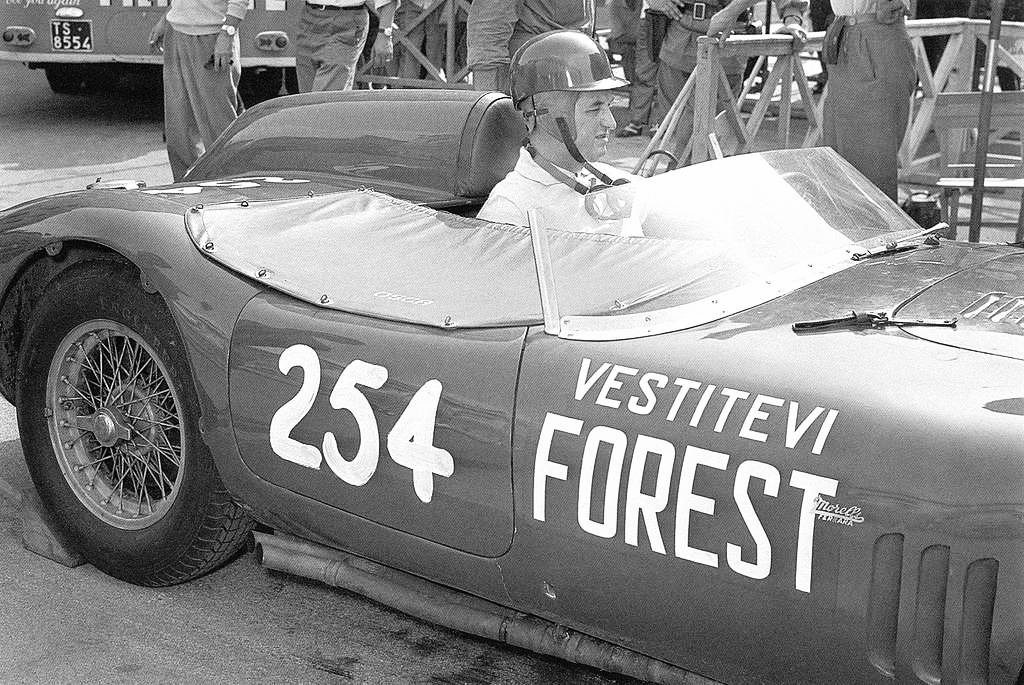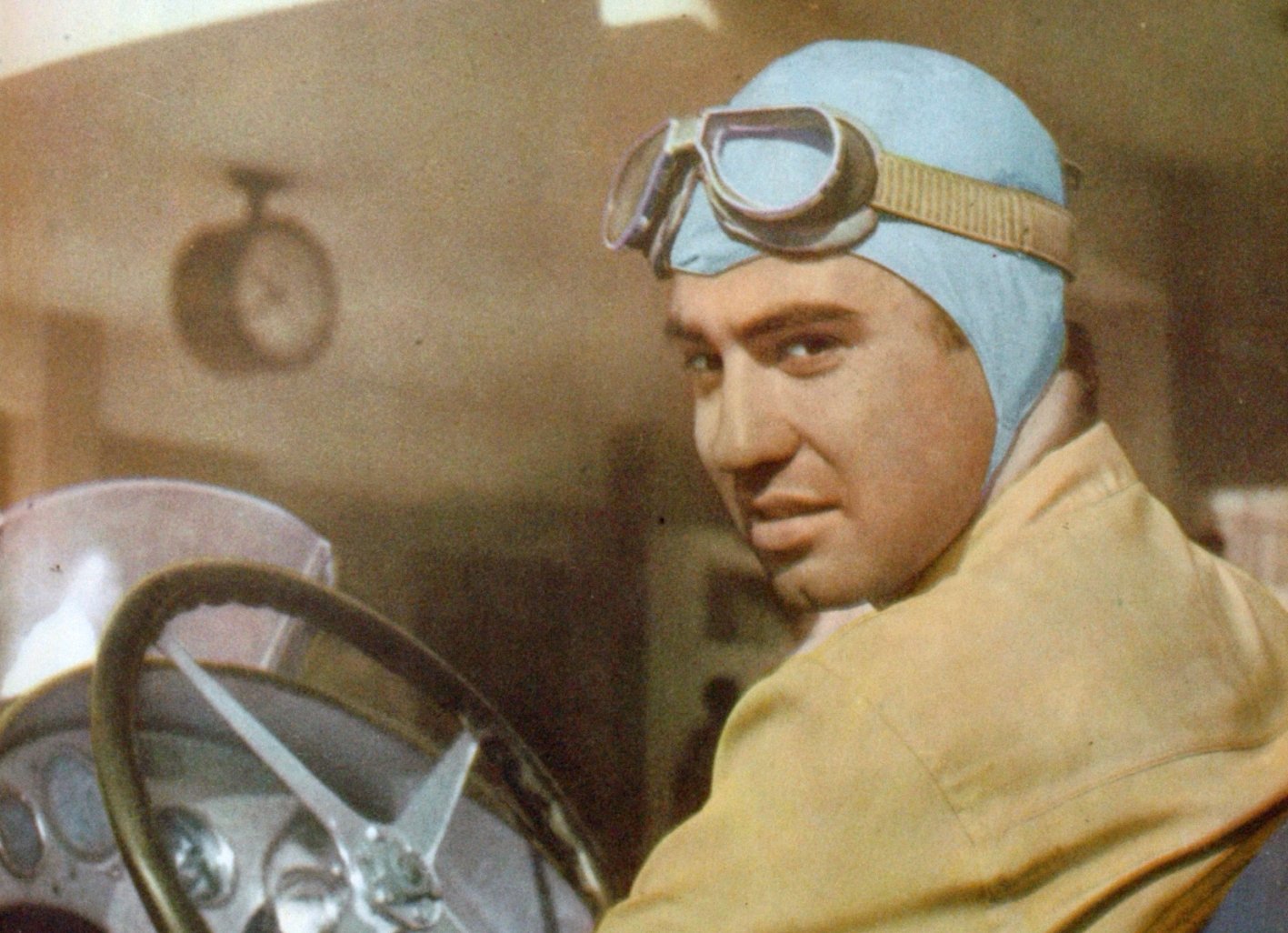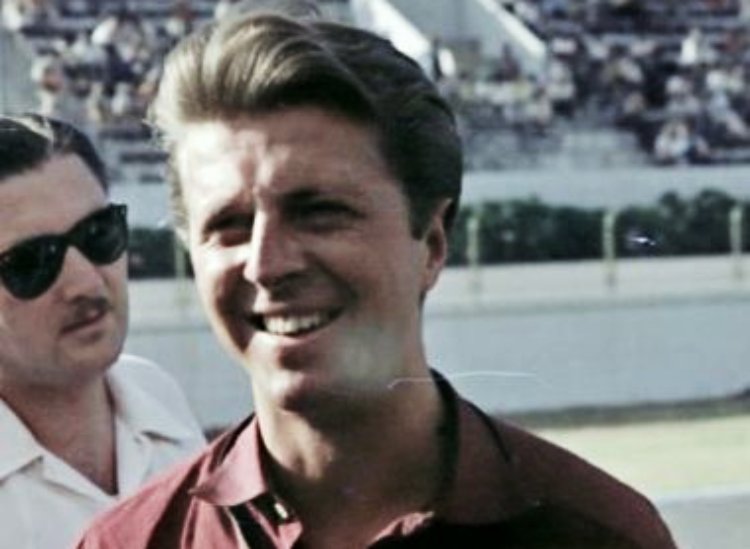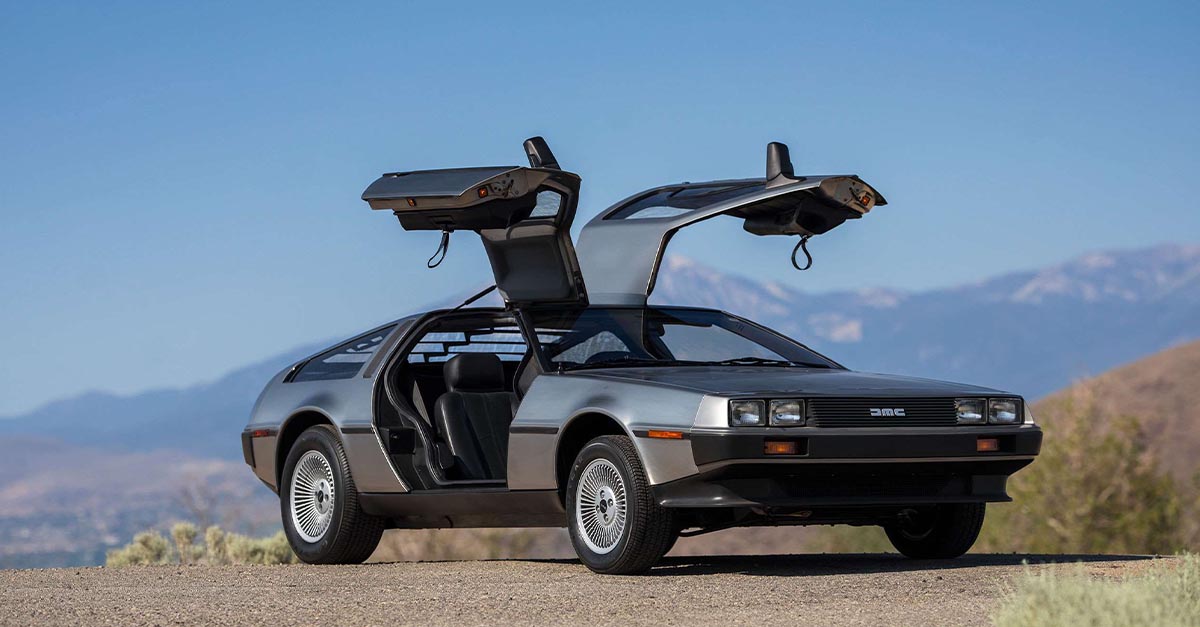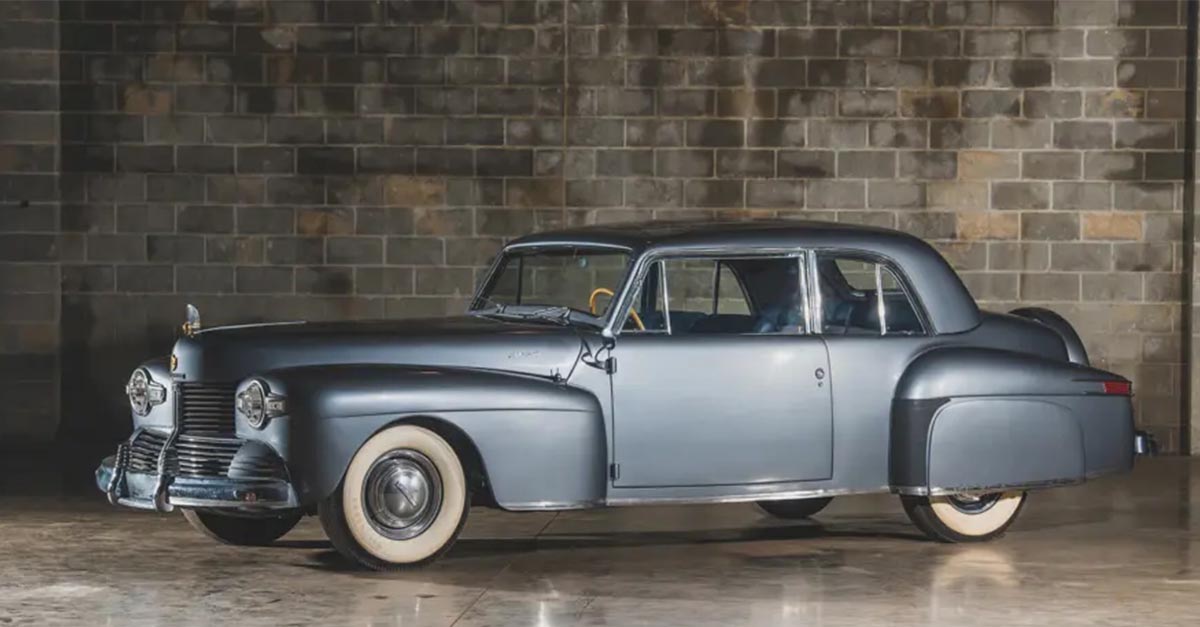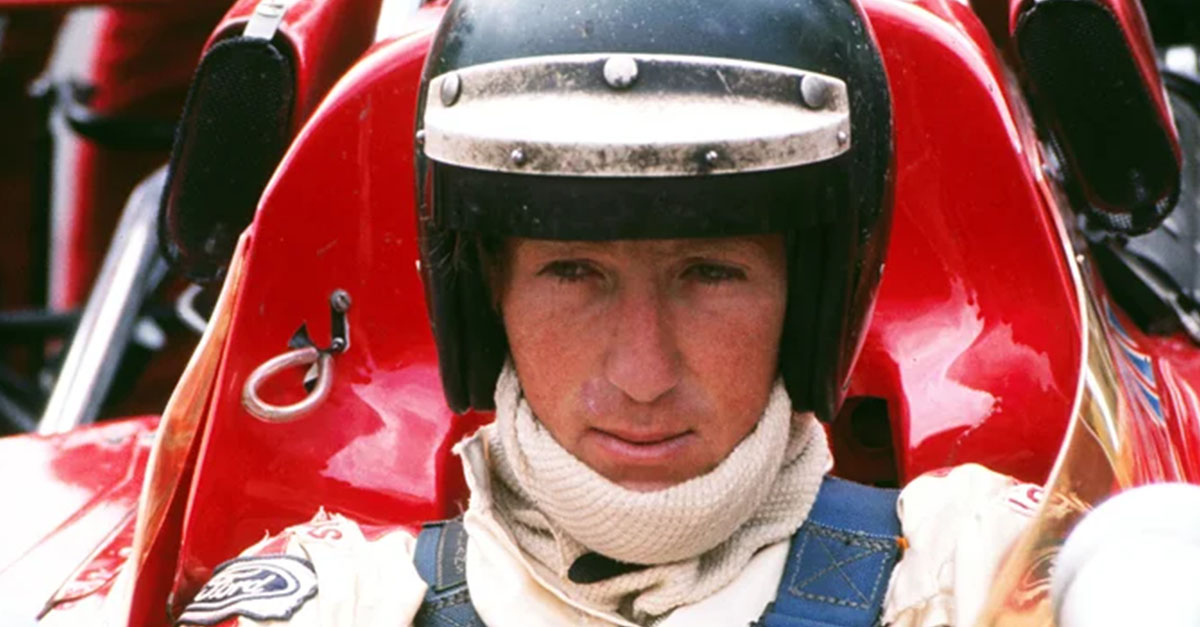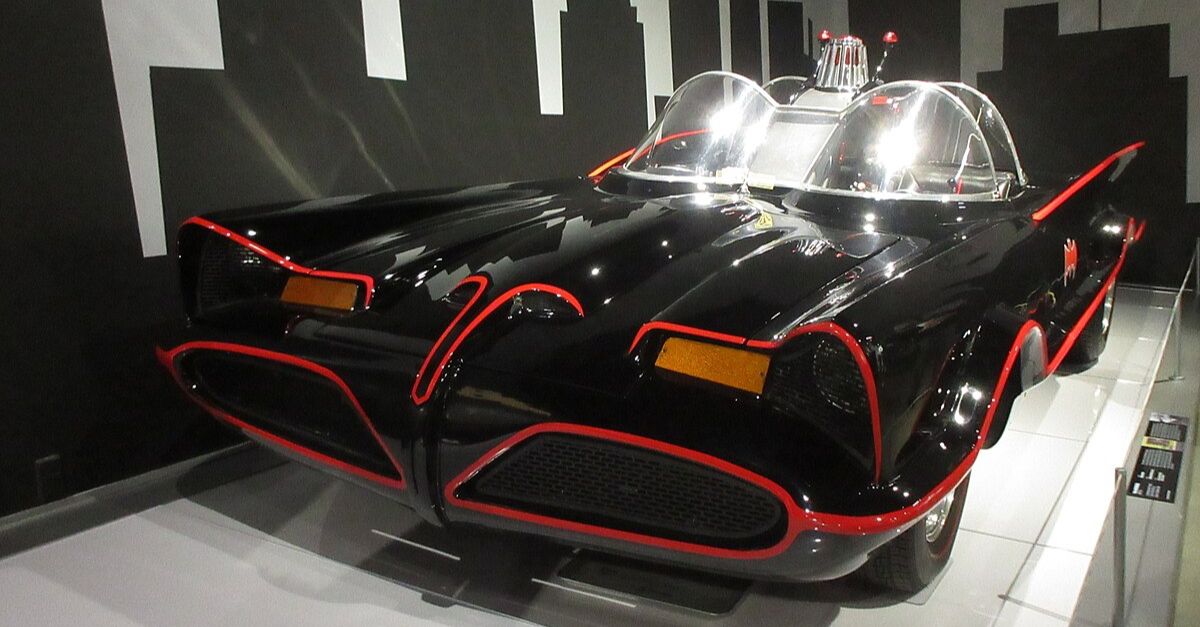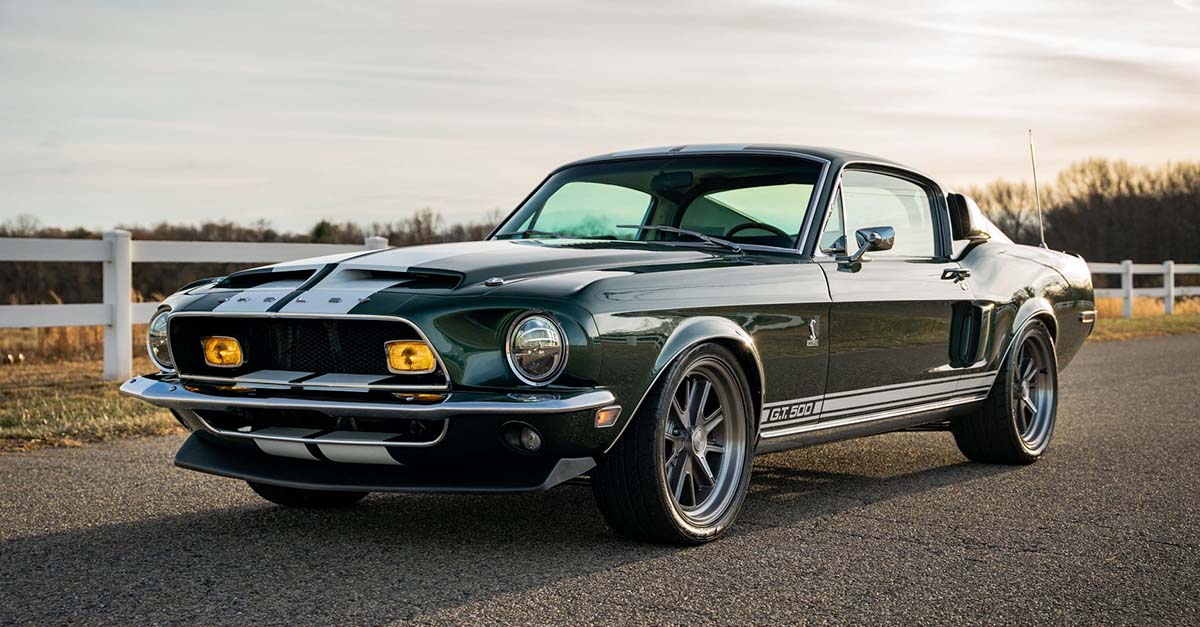Oh, Goodness, Is Racecar Driving Dangerous!
Every competitive sport has risks for injury, but nothing sees people risking their lives more than Formula 1 racing. After all, survival is not so much dependent on your driving ability as what your machine decides to do.
Cameron Earl
The first example of an F1 driver who perished on the track was British driver Cameron Earl, whose accident occurred on June 18, 1952. Judging by the number of accidents that followed, it wasn’t a learning example for the industry.
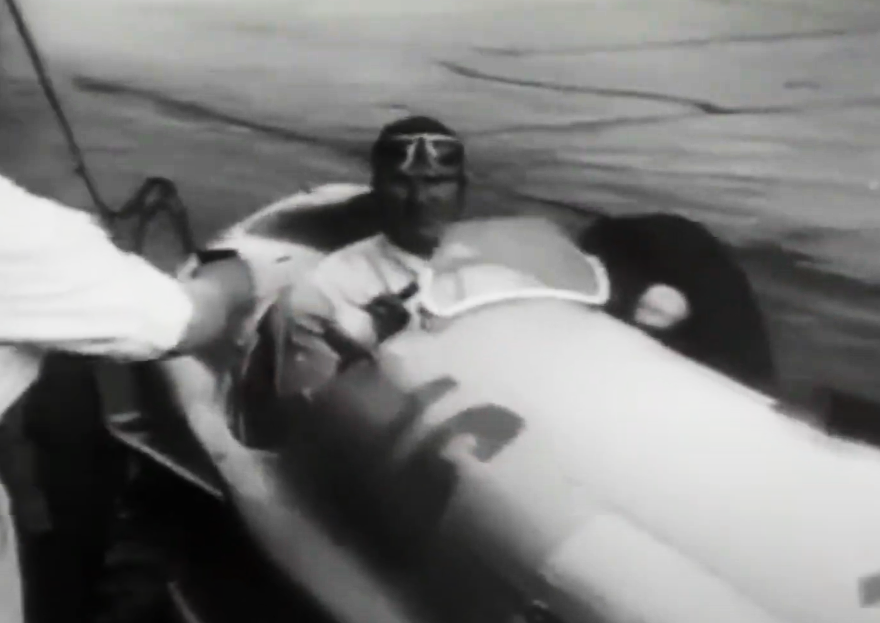 Cameron Earl - Formula One's First of Many, wilson!!!!!!!!!
Cameron Earl - Formula One's First of Many, wilson!!!!!!!!!
Charles De Tornaco
Belgian racer Charles De Tornaco tragically saw his last drive during the 1953 Modena Grand Prix. His end came from the lack of nearby medical access following an accident on the track.
 FERRARI F1 COLLECTION #111 - 500 F2 - CHARLES DE TORNACO 1952 - Centauria | Edicola, Visio TV
FERRARI F1 COLLECTION #111 - 500 F2 - CHARLES DE TORNACO 1952 - Centauria | Edicola, Visio TV
Chet Miller
A slightly older driver at 50, the American competitor still left us too soon on May 15, 1953. His passing took place during practice for that year’s Indianapolis 500.
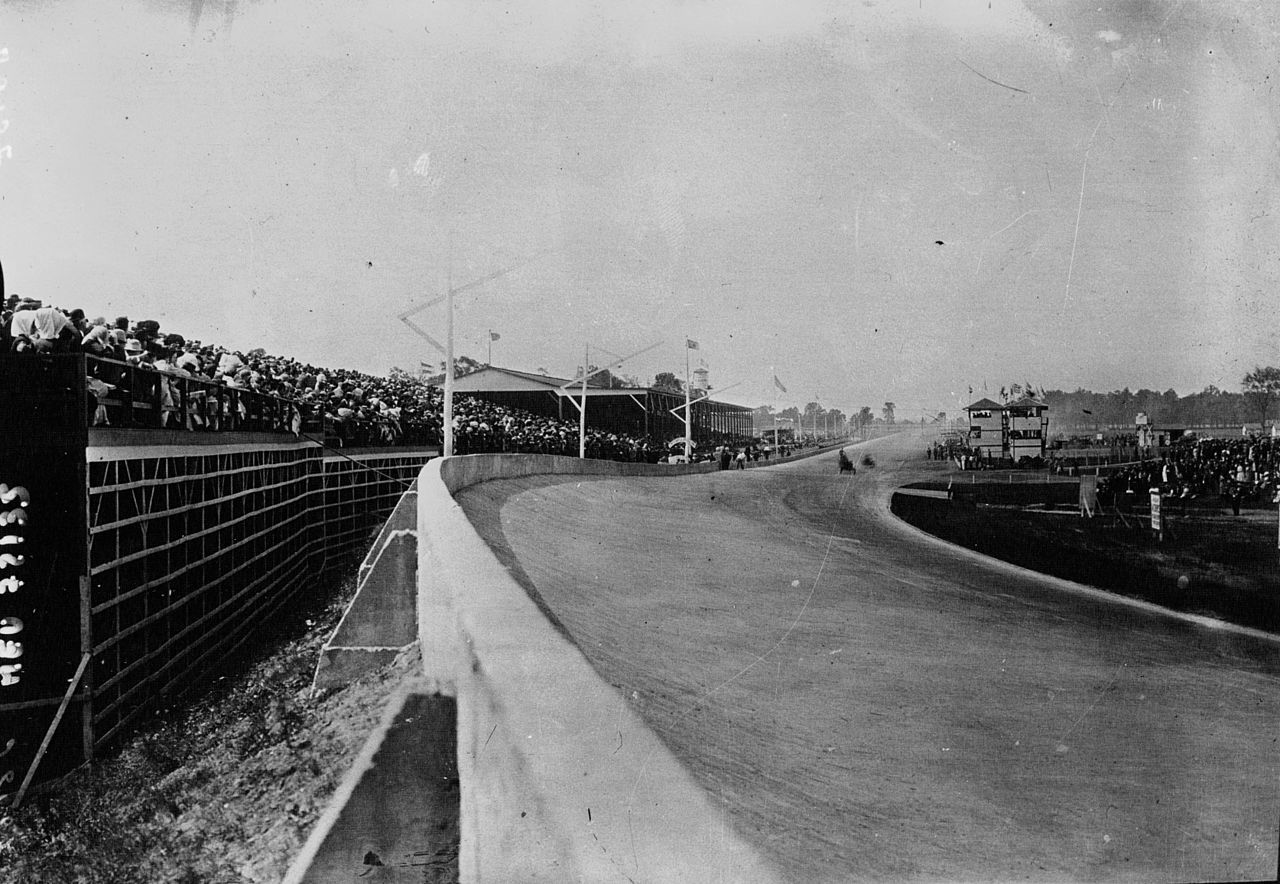 Agence de presse Meurisse, Wikimedia Commons
Agence de presse Meurisse, Wikimedia Commons
Helmut Koinigg
Austrian F1 driver Helmut Koinigg was considered someone who would have the potential to be one of the big breakout racers of 1975. Unfortunately, the 1974 US Grand Prix saw him come to an especially gruesome end, losing his head.
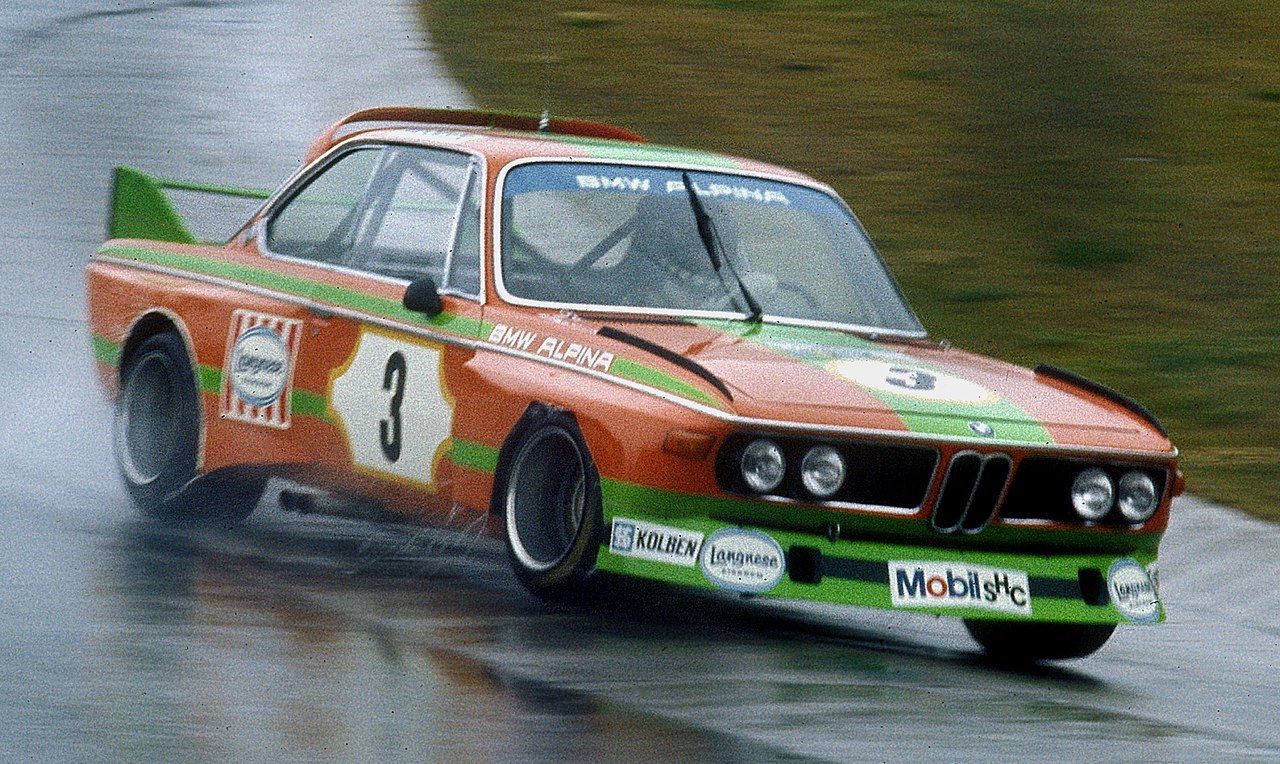 Lothar Spurzem, CC BY-SA 2.0, Wikimedia Commons
Lothar Spurzem, CC BY-SA 2.0, Wikimedia Commons
Denis Welch
An older businessman who had an interest in racing throughout his life, Denis Welch maybe should’ve considered otherwise in terms of how hard he pursued it. A crash at the 2014 Silverstone Classic brought everything to an end.
 Jean-Pierre, CC BY-SA 2.0, Wikimedia Commons
Jean-Pierre, CC BY-SA 2.0, Wikimedia Commons
Carel Godin De Beaufort
This Dutch driver was an aristocrat who decided to take a stab at an F1 career on the side. It was likely the wrong decision, resulting in his untimely passing at the 1964 German Grand Prix.
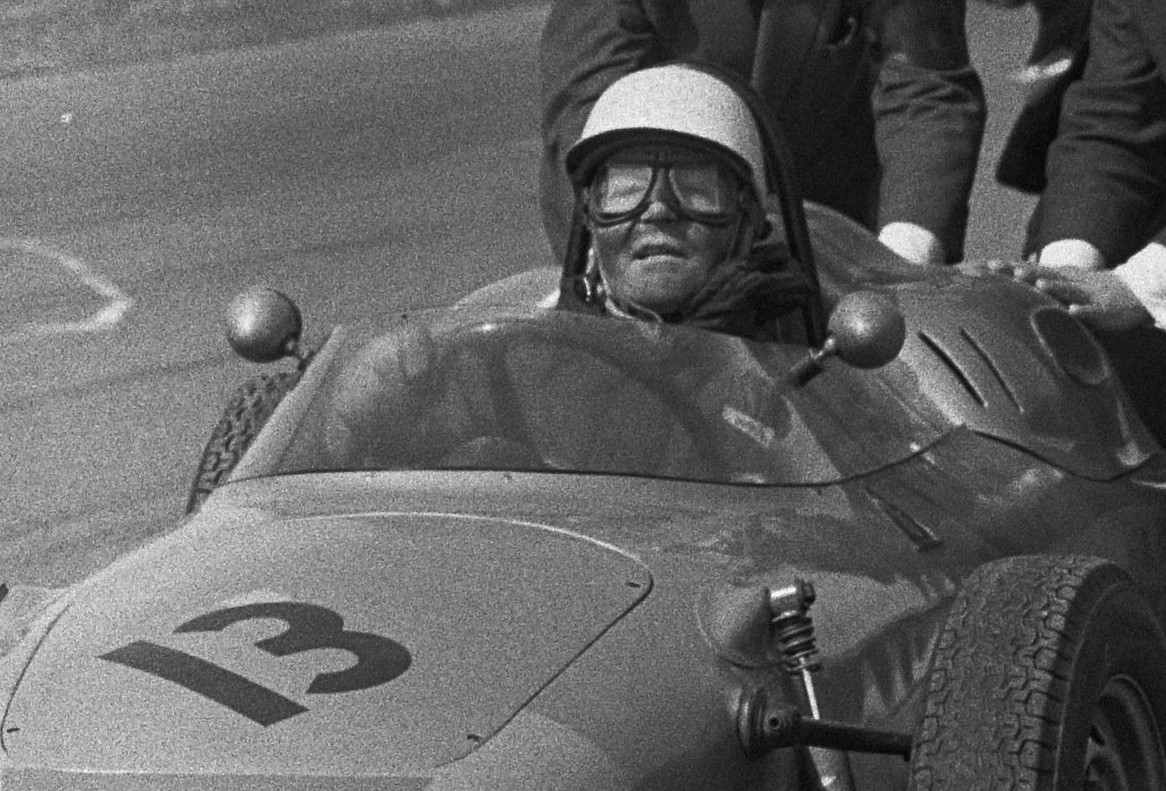 Bilsen, CC BY-SA 4.0, Wikimedia Commons
Bilsen, CC BY-SA 4.0, Wikimedia Commons
Jochen Rindt
At age 28, German racer Jochen Rindt was already on his way to becoming a legend of the sport. Perishing on the track, he at least had the distinction of winning the 1970 Italian Grand Prix posthumously.
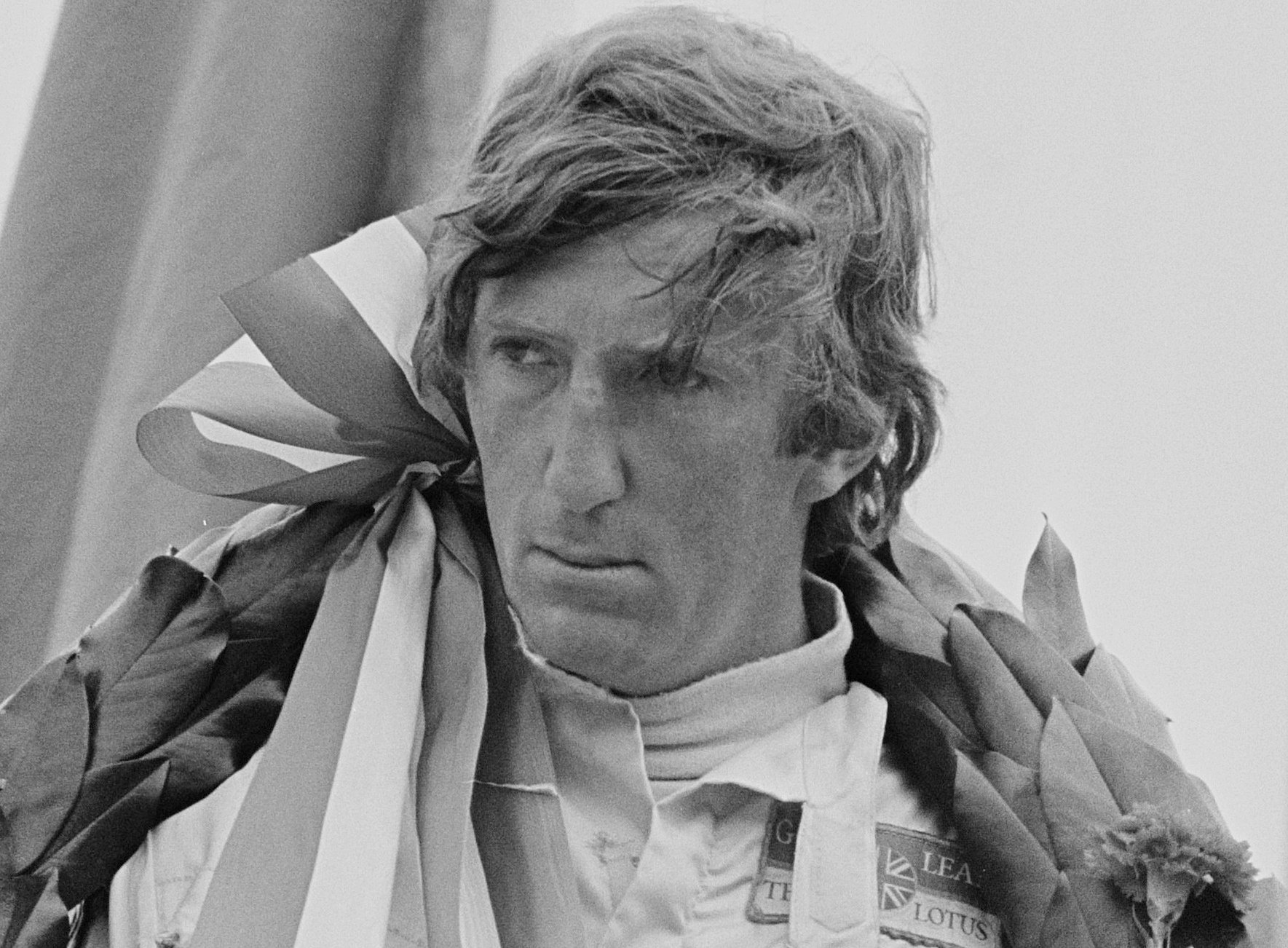 Evers, CC BY-SA 3.0, Wikimedia Commons
Evers, CC BY-SA 3.0, Wikimedia Commons
Roger Williamson
Only 25 years old, the British sportsman Roger Williamson saw many opportunities on his horizon in the F1 industry. The 1973 Dutch Grand Prix saw a tragic end through asphyxiation after a crash.
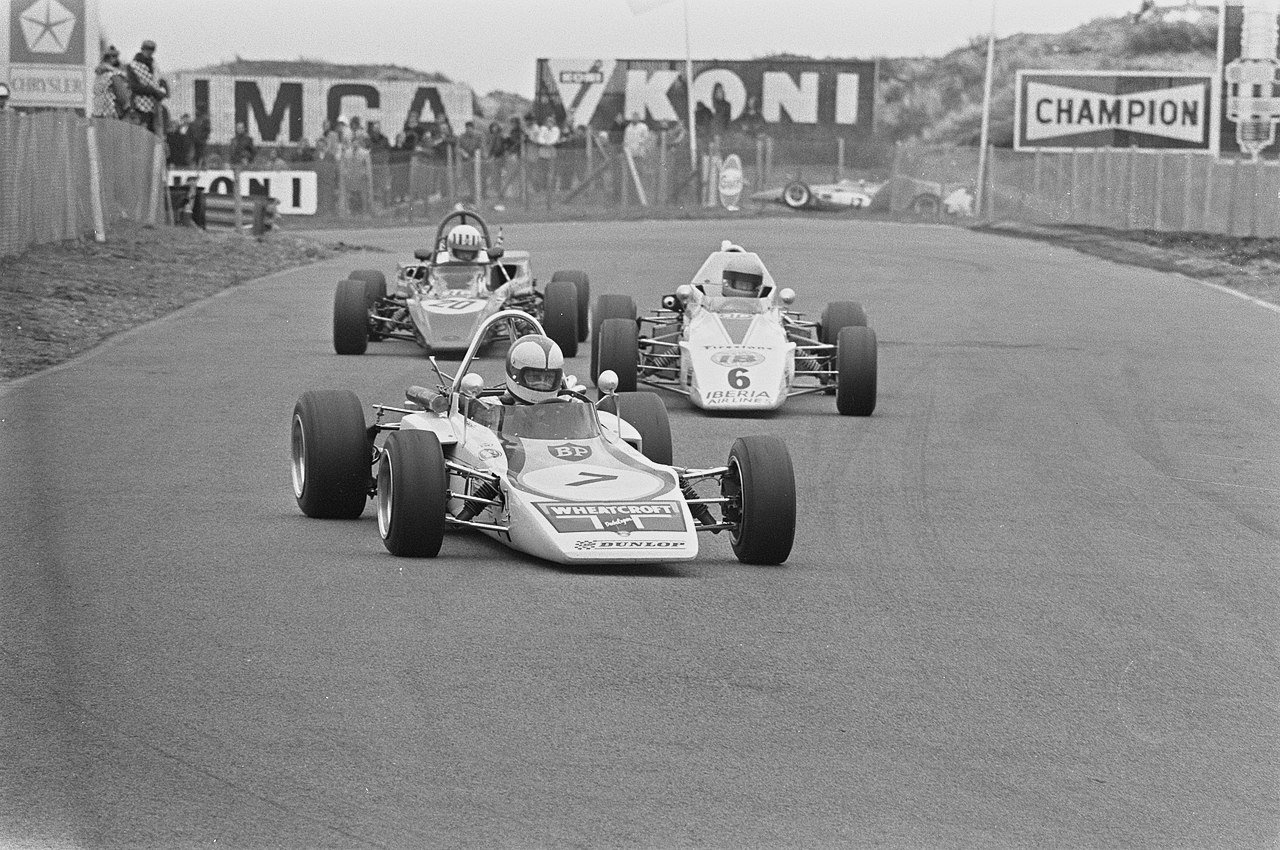 Fotograaf Onbekend / Anefo, Wikimedia Commons
Fotograaf Onbekend / Anefo, Wikimedia Commons
François Cevert
French F1 speedster Francois Cevert was in the middle of a triumphant comeback in the sport when things were cut short. His end at the 1973 United States Grand Prix was very much a gruesome way to go.
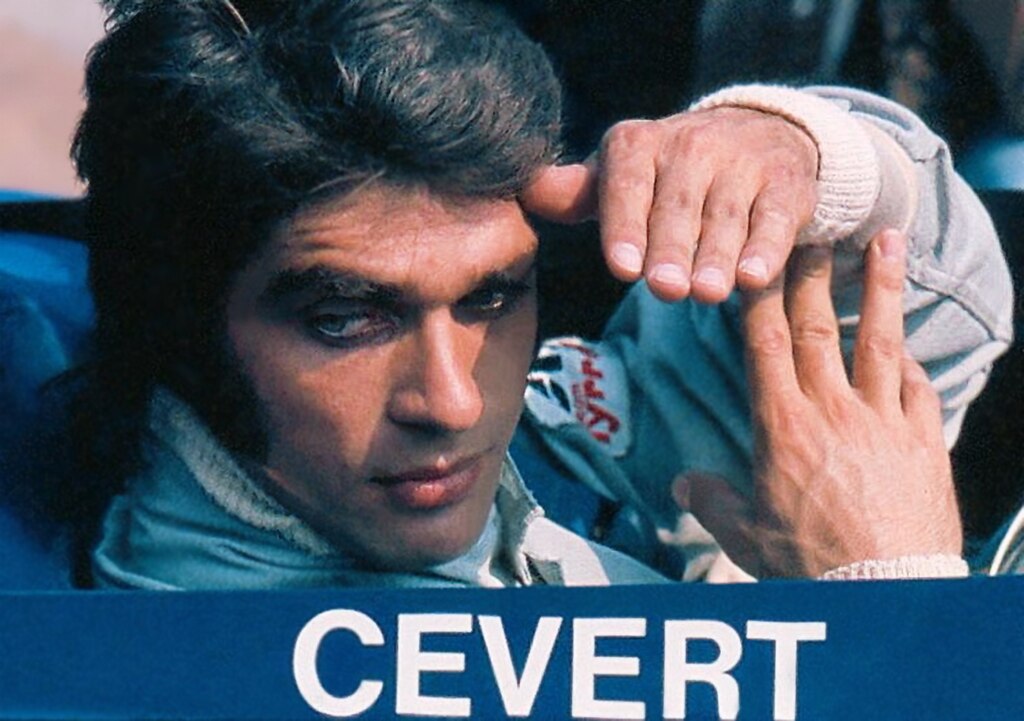 Raimund Kommer, CC BY-SA 3.0, Wikimedia Commons
Raimund Kommer, CC BY-SA 3.0, Wikimedia Commons
Tom Pryce
Welsh driver Tom Pryce came to a tragic end at the 1977 South African Grand Prix under rainy conditions. He’s since become one of the most immortalized F1 drivers of all time.
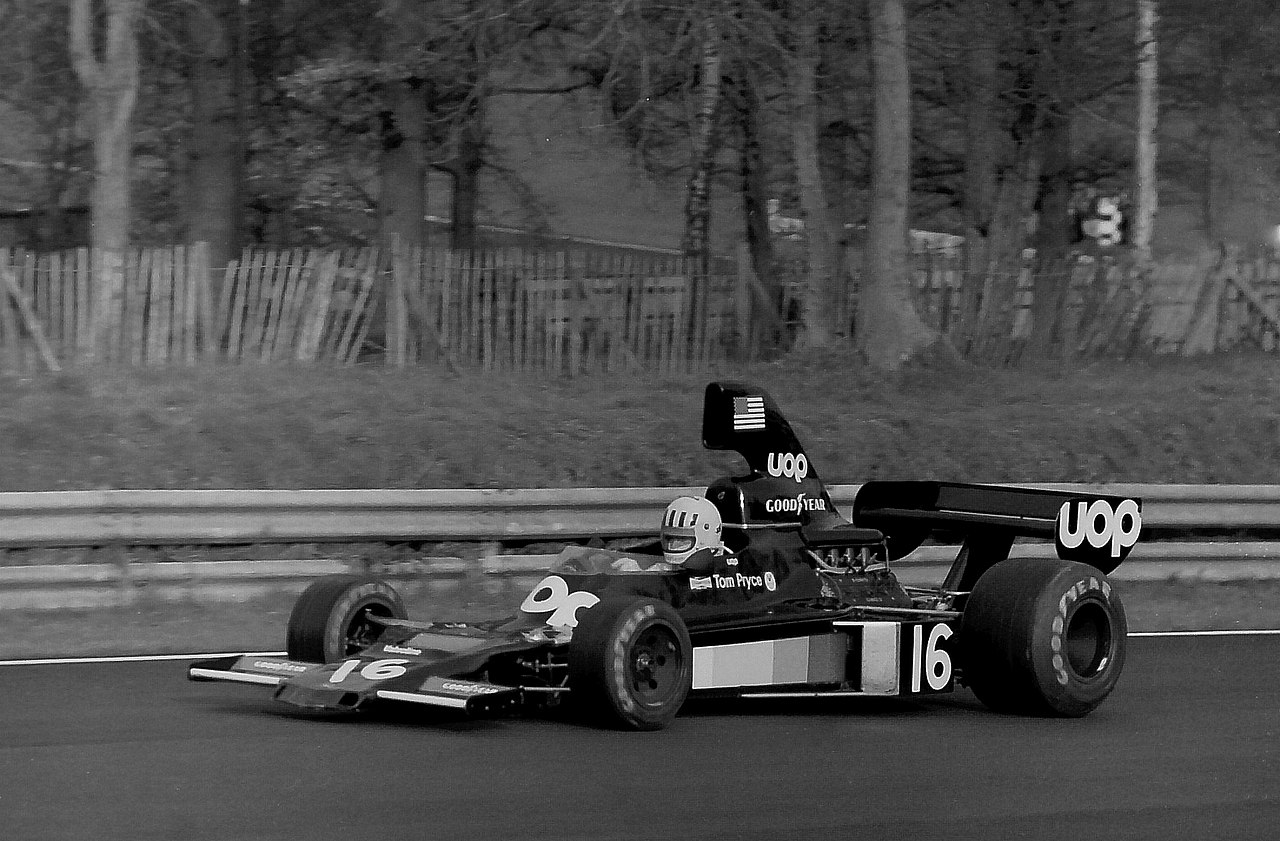 Martin Lee, CC BY-SA 2.0, Wikimedia Commons
Martin Lee, CC BY-SA 2.0, Wikimedia Commons
Ronnie Peterson
This driver earned the nickname of “Superswede” during his heyday in the 1970s. But the decade closed out for him in tragic terms at the 1978 Italian Grand Prix, where an accident triggered kidney failure in his body.
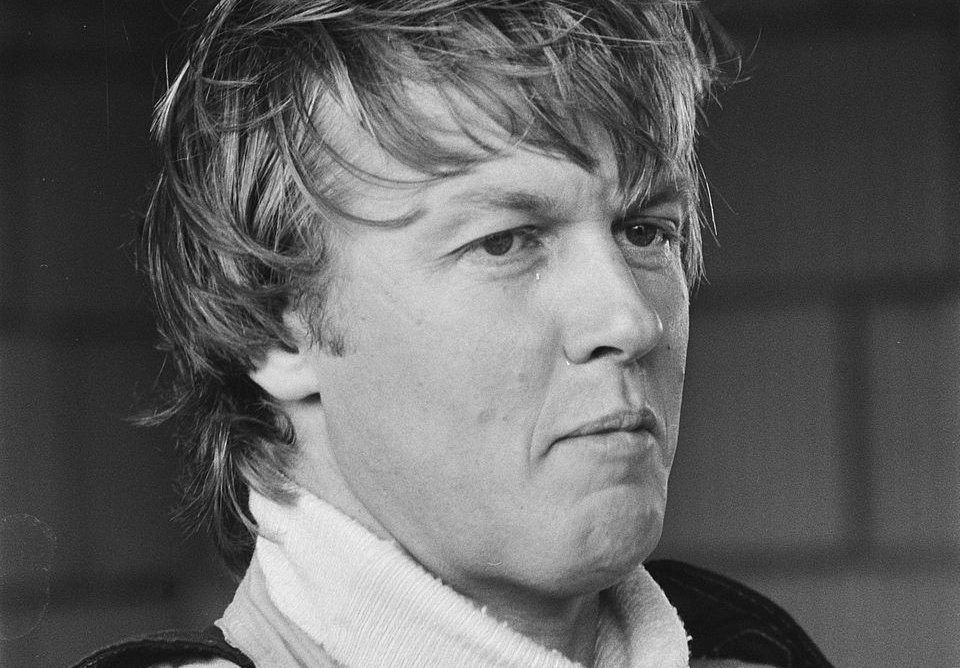 Suyk, Koen / Anefo, Wikimedia Commons
Suyk, Koen / Anefo, Wikimedia Commons
Gilles Villeneuve
French Canadian star Gilles Villeneuve, who’s since become a legend in his native Quebec, left us at possibly what would have been the peak of his career. Things ended during a qualifying race for the 1982 Belgian Grand Prix, when he crashed into racer Jochen Mass.
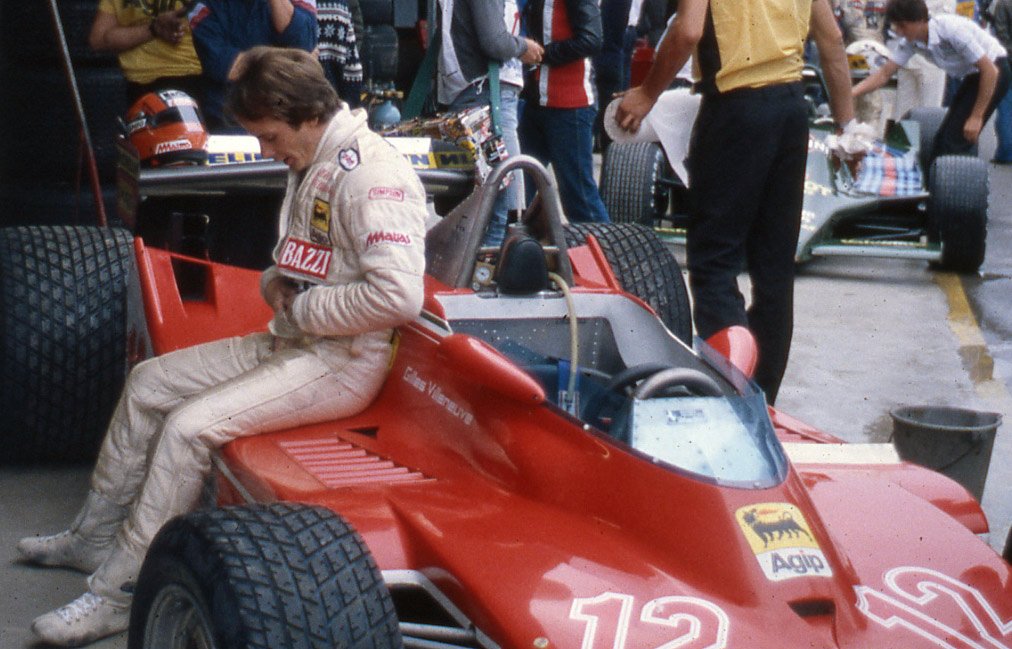 ideogibs, CC BY-SA 2.0, Wikimedia Commons
ideogibs, CC BY-SA 2.0, Wikimedia Commons
Riccardo Paletti
The son of Italian wealth, Riccardo Paletti had all the advantages in the world. Yet at only the age of 23, everything came to a close with an accident at the 1982 Canadian Grand Prix.
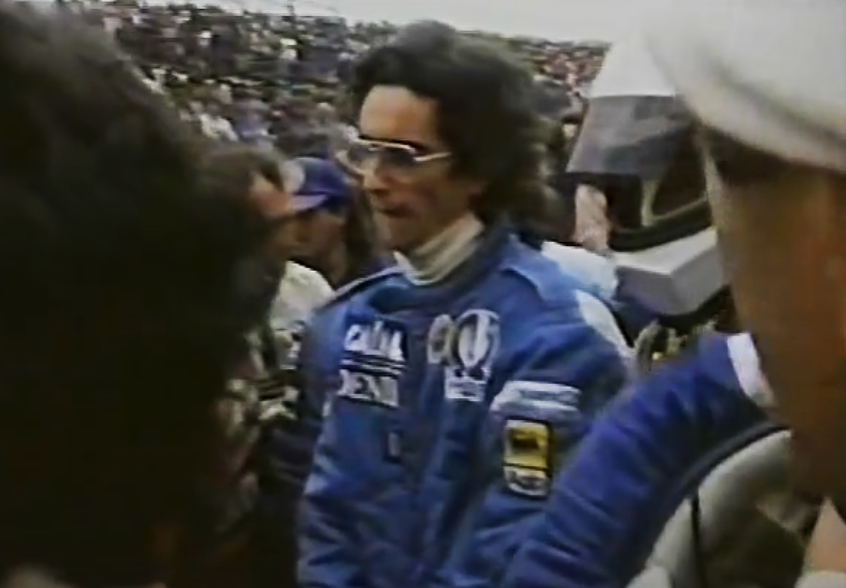 F1 Tribute - Riccardo Paletti, Konfuusio
F1 Tribute - Riccardo Paletti, Konfuusio
Elio De Angelis
With two Grand Prix wins under his belt at age 28, Elio de Angelis had the potential to become one of the world’s most popular drivers. Unfortunately, while running a test in his car during May of 1986, the worst came to the worst.
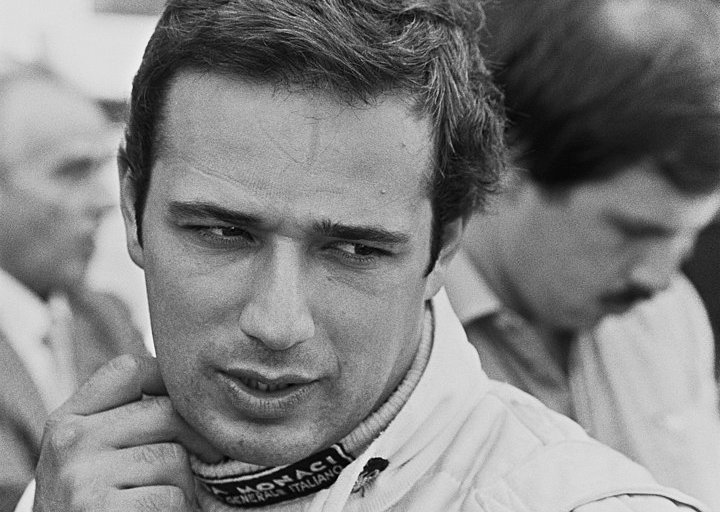 Hans van Dijk, Wikimedia Commons
Hans van Dijk, Wikimedia Commons
Giulio Cabianca
A seasoned driver, Italian racer Giulio Cabianca came to an unfortunate end while testing a new car for the Ferrari brand. If you had seen the recent film Ferrari, you would have remembered how many drivers were seemingly sacrificed in the name of the company.
Roland Ratzenberger
Austrian racer Roland Ratzenberger had made a name for himself for largely taking part in Japanese racing. His end came at the 1994 San Marino Grand Prix in Italy.
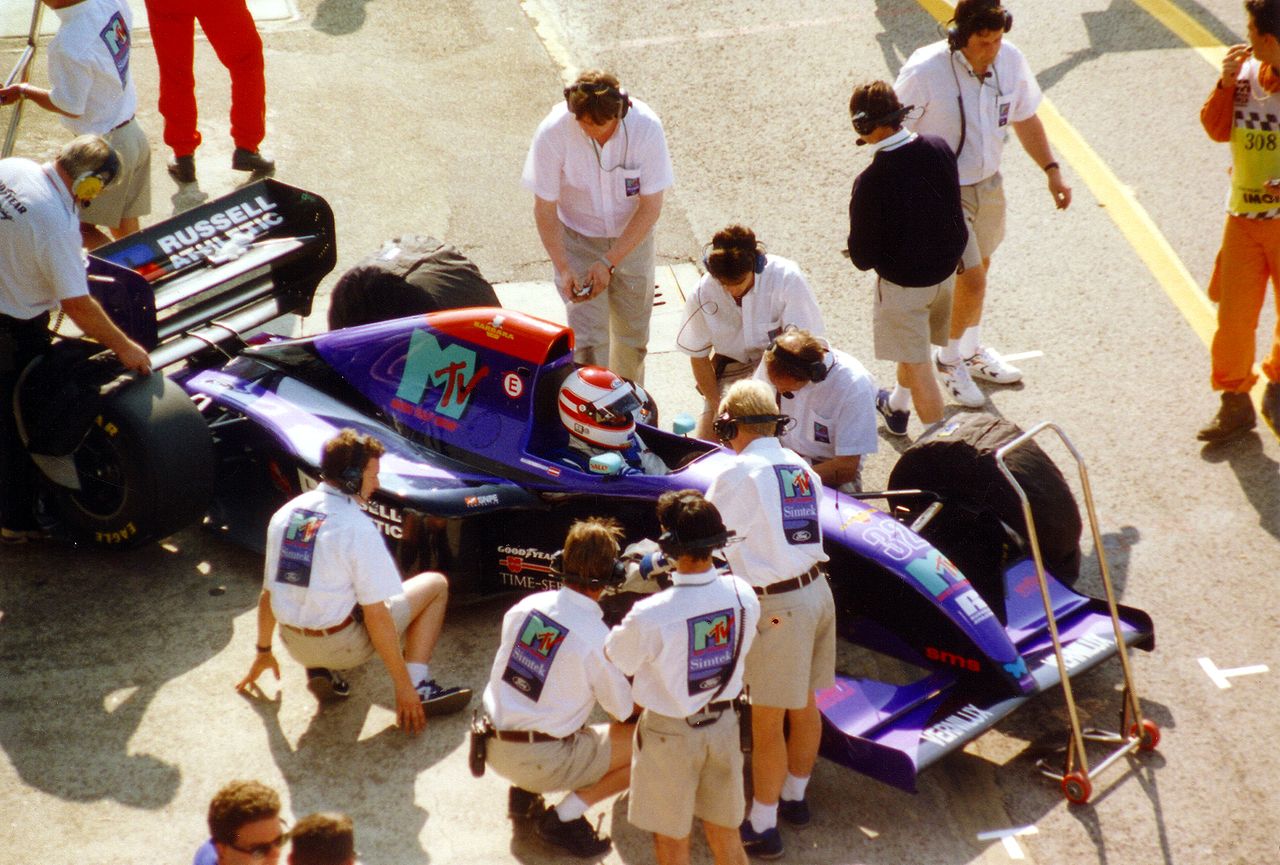 Sgozzi, CC BY-SA 3.0, Wikimedia Commons
Sgozzi, CC BY-SA 3.0, Wikimedia Commons
Patrick Depailler
French sportsman Patrick Depailler had two Grand Prix titles to his name when he came to his end during a test. It was part of the lead-up to the 1980 German Grand Prix, which he was obviously not able to take part in.
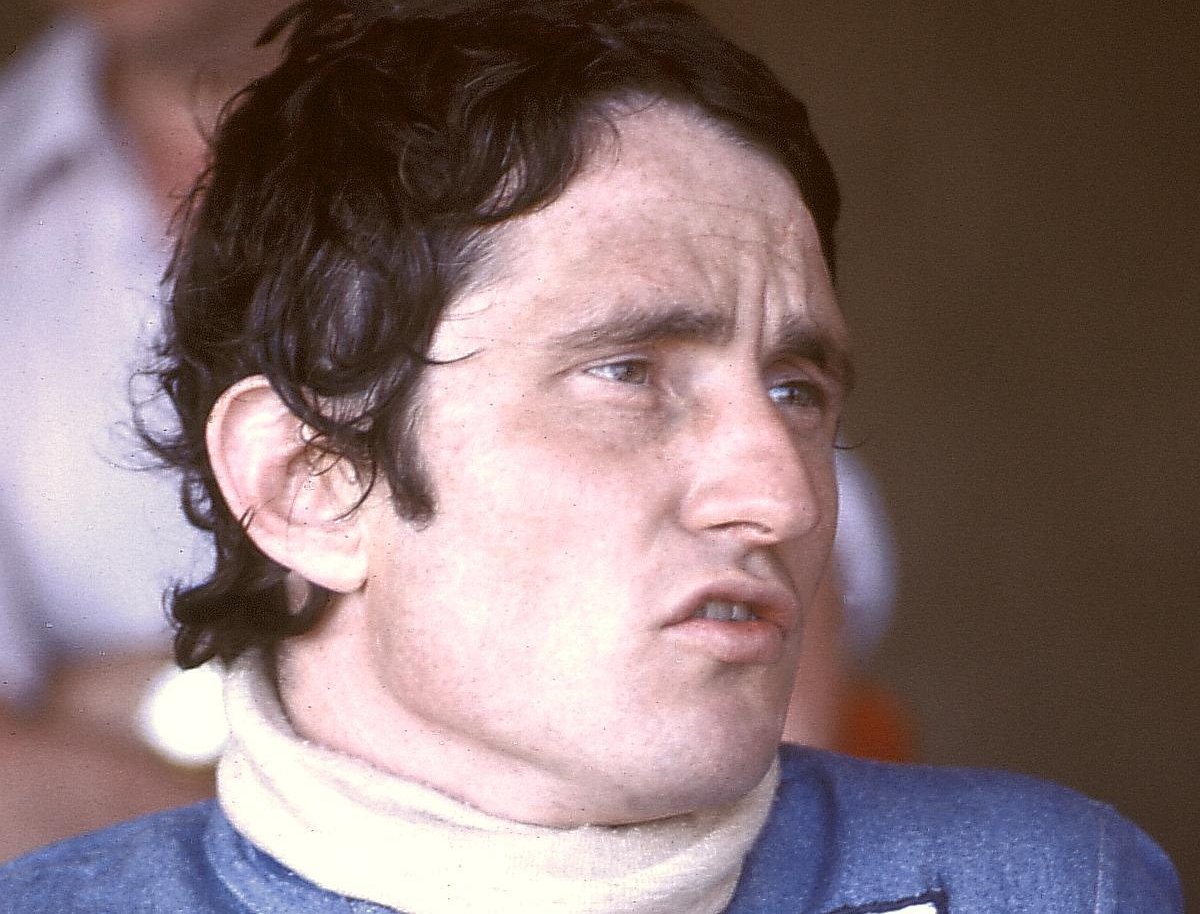 Harald Bischoff, CC BY-SA 3.0, Wikimedia Commons
Harald Bischoff, CC BY-SA 3.0, Wikimedia Commons
Brian McGuire
The Australian driver Brian McGuire tragically died on August 29, 1977, at the age of 31, during a practice session for a Shellsport G8 Championship race in Brands Hatch. It seemed to be a result of a mechanical failure from his modified Williams FW04 car, which he chose to do after an earlier iteration of the vehicle failed to qualify him at that year’s British Grand Prix.
 Christian Sinclair, CC BY 2.0, Wikimedia Commons
Christian Sinclair, CC BY 2.0, Wikimedia Commons
Martin Brain
Born in Birmingham, the racer Martin Brain left the world at only age 37. While not one of the most famous drivers, the tragedy of him perishing in a race orchestrated by the Nottingham Sportscar Club is an example to learn from.
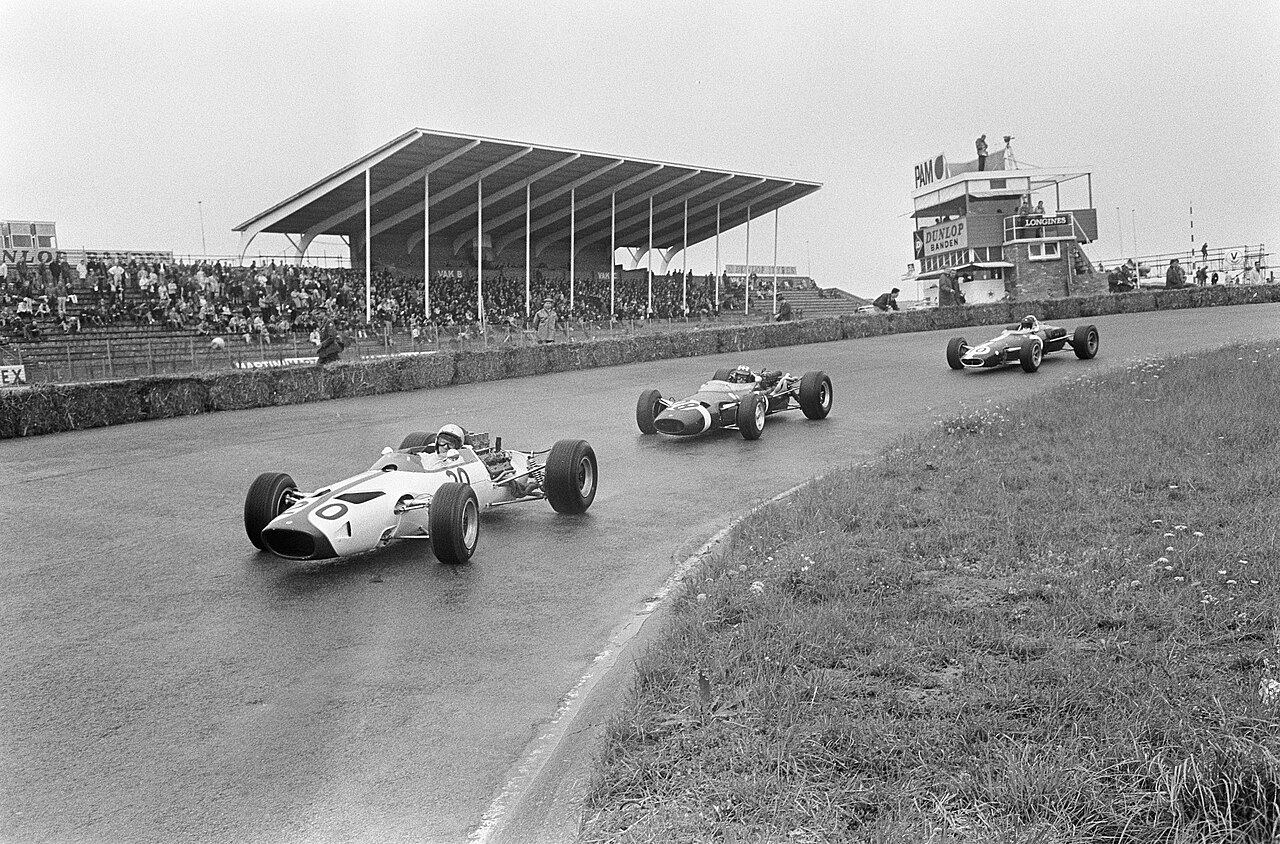 Eric Koch for Anefo, Wikimedia Commons
Eric Koch for Anefo, Wikimedia Commons
Keith Andrews
American driver Keith Andrews was assisting European Guiseppe Farina by giving his car a test run before the 1957 Indianapolis 500. The act was not rewarded with glory, but a tragic fate instead.
 Doctorindy, CC BY-SA 3.0, Wikimedia Commons
Doctorindy, CC BY-SA 3.0, Wikimedia Commons
Shane Summers
The son of British politician Spencer Summers, Shane decided not to follow in the family business and instead opted for racing. However, a 1961 practice in his home country proved that was the wrong call.
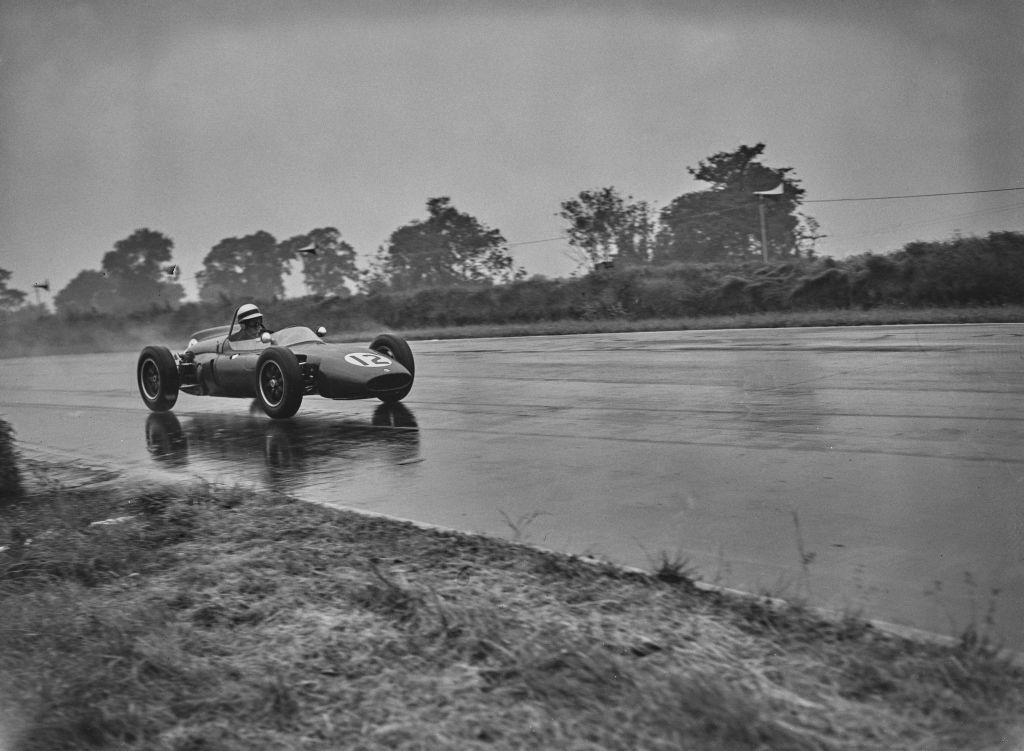 Evening Standard, Getty Images
Evening Standard, Getty Images
Piers Courage
Having already competed in 29 Grand Prix tournament races by age 28, British racer Piers Courage was a promising figure in the field. Unfortunately, the 1970 Dutch Grand Prix saw a fatal head injury take him from us too soon.
 4u1e, CC BY-SA 3.0, Wikimedia Commons
4u1e, CC BY-SA 3.0, Wikimedia Commons
Ayrton Senna
Immortalized in a great 2011 documentary simply titled Senna, the Brazilian F1 driver is definitely one of the most famous names in the sport. His passing at the 1994 San Marino Grand Prix was such a big deal in his home country that it earned him a state funeral.
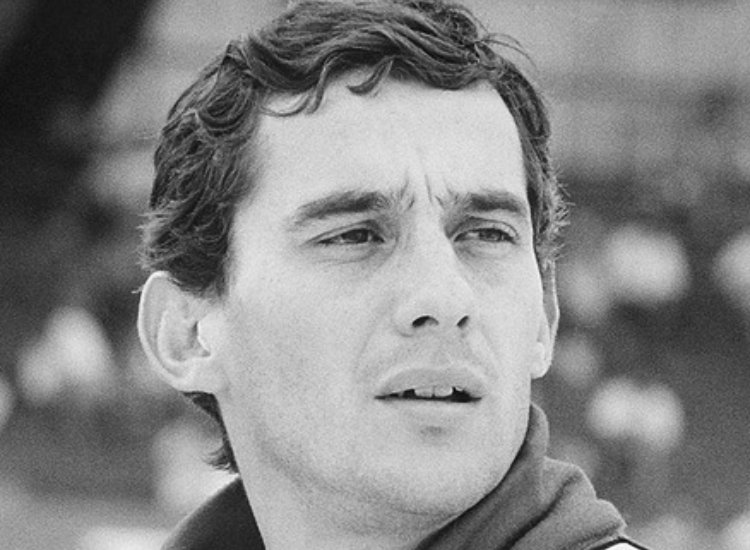 Instituto Ayrton Senna, CC BY 2.0, Wikimedia Commons
Instituto Ayrton Senna, CC BY 2.0, Wikimedia Commons
Eugenio Casellotti
Given the nickname “The Handsome” by the Italian press, driver Eugenio Caselloti had the makings of a superstar. A test for Team Ferrari in 1957 proved tragic though, so we’ll never know.
 Unknown author, Wikimedia Commons
Unknown author, Wikimedia Commons
Manny Ayulo
Manny Ayulo was an important figure in American racing, having helped establish track roadsters as effective vehicles for the sport. Sadly, he crashed into a concrete wall at the 1955 Indianapolis 500.
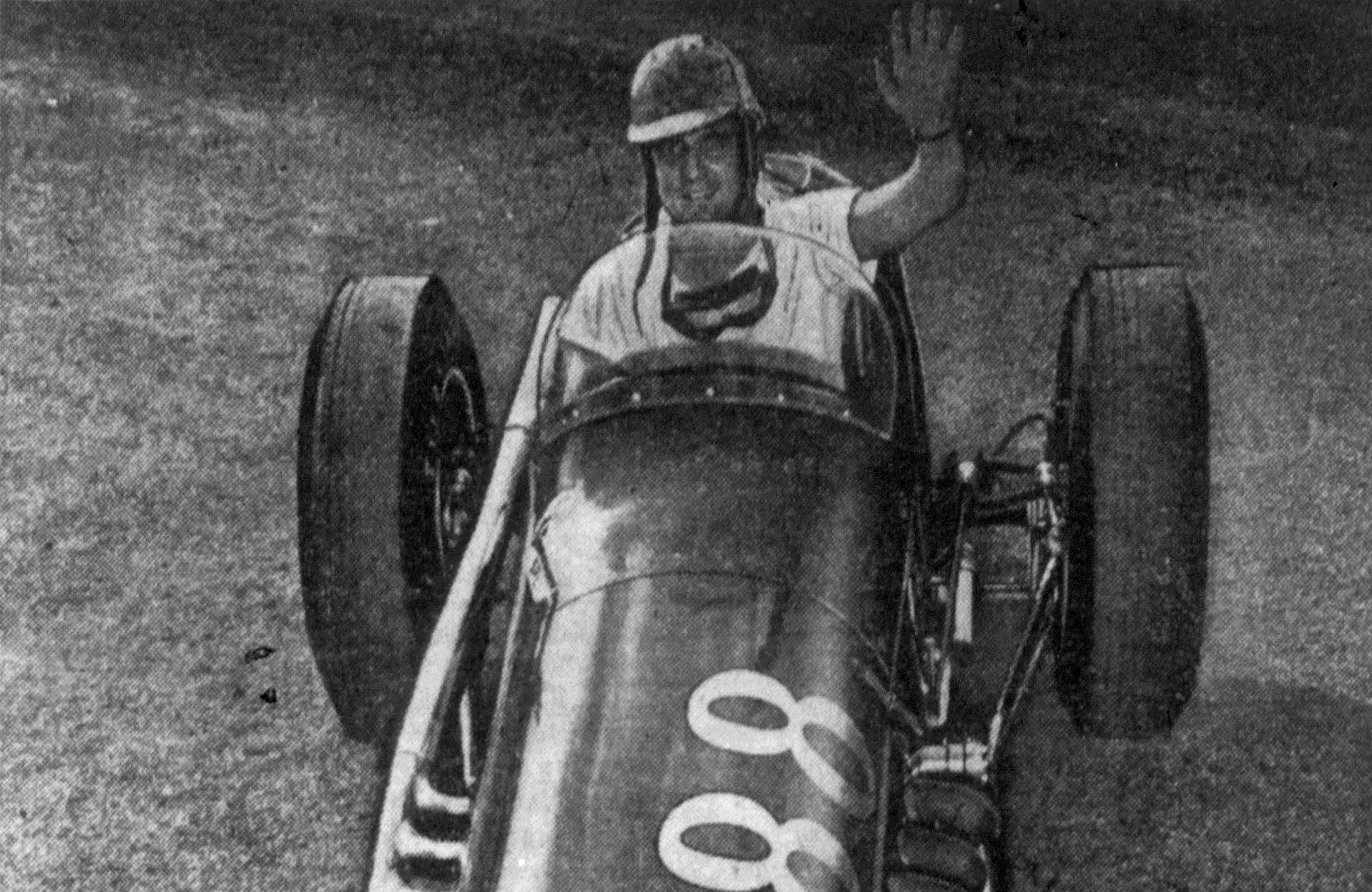 Los Angeles Daily News, Wikimedia Commons
Los Angeles Daily News, Wikimedia Commons
Onofre Marimon
Argentina racer Onofre Marimon was doing his country proud with his number of achievements in the field of F1. Yet in the summer of 1954, he became the first driver to be fatally injured at the Grand Prix instead of the Indianapolis 500.
Luigi Musso
Italian driver Luigi Musso made headlines for his rivalry with British racers Mike Hawthorn and Peter Collins. The sportsman actually perished while trailing the former during the 1958 French Grand Prix, hitting a ditch that resulted in fatal injuries.
Peter Collins
The greatest glory can be quickly met with the most unlucky end. Just look at the example of British racer Peter Collins, who perished due to an accident at the 1958 German Grand Prix just weeks after winning the British one.
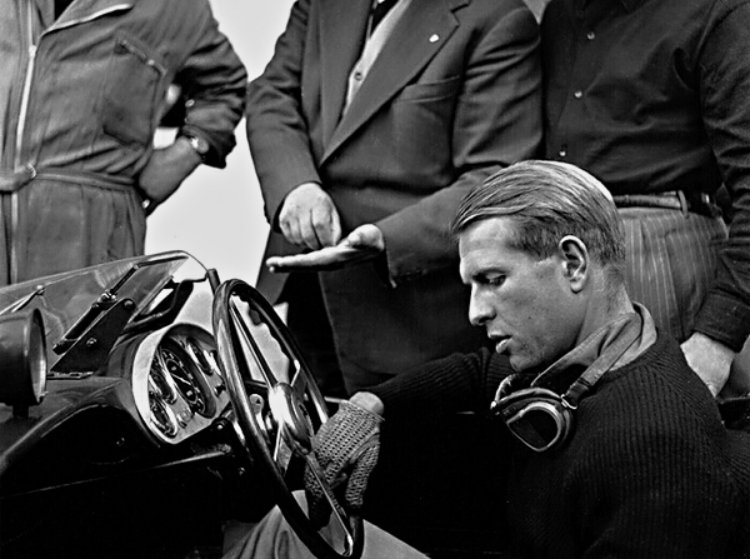 Louis Klemantaski, Wikimedia Commons
Louis Klemantaski, Wikimedia Commons
Jerry Unser Jr
Part of a driving legacy that included his brothers, sons, and nephew, Jerry Unser Jr individually might be best known for perishing on the track. A practice run for the 1959 Indianapolis 500 saw his end, even though he had luckily survived a 13-car pileup incident the year before.
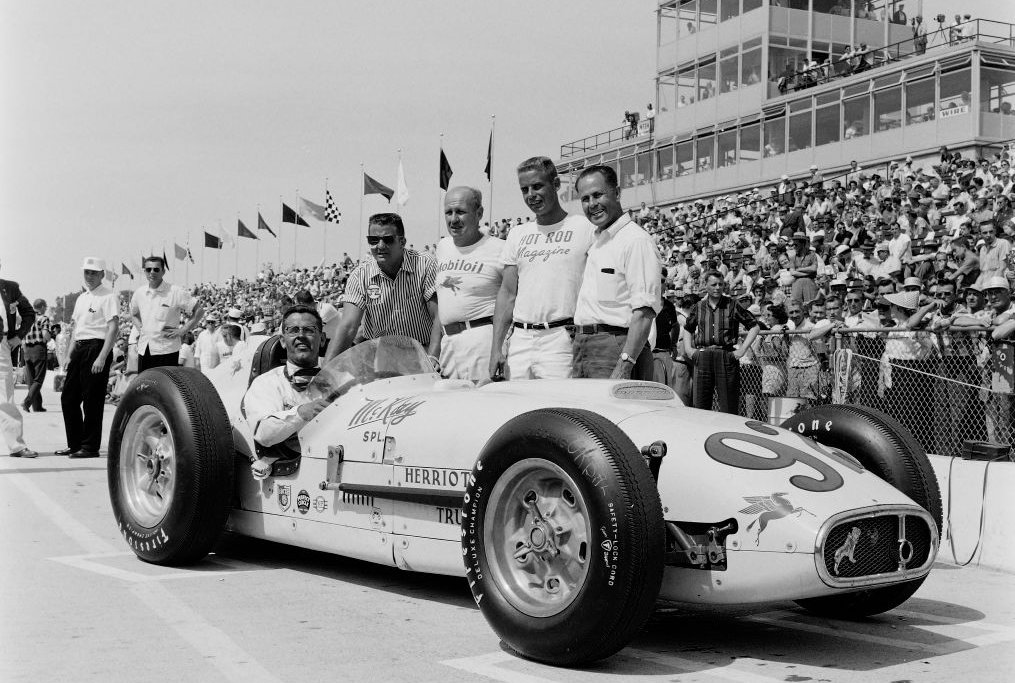 The Enthusiast Network, Getty Images
The Enthusiast Network, Getty Images
Bob Cortner
Spending years on the midget racing circuit, Bob Cortner finally got a shot at the big time when he was given the chance to qualify for the 1959 Indianapolis 500. His qualifying race, however, was struck by tragedy, as heavy winds led to a fatal accident.
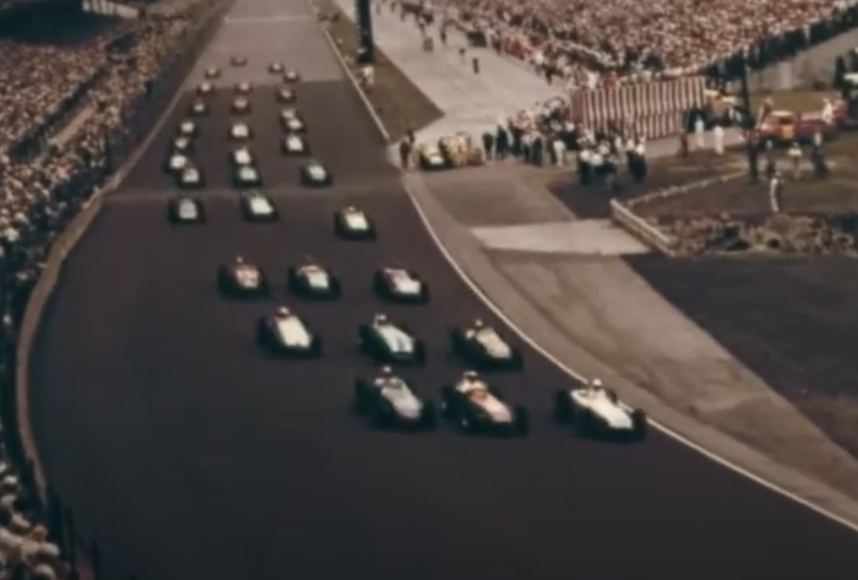 1959 "VICTORY CIRCLES" INDIANAPOLIS 500 MOTOR SPEEDWAY STOCK CAR RACING, PeriscopeFilm
1959 "VICTORY CIRCLES" INDIANAPOLIS 500 MOTOR SPEEDWAY STOCK CAR RACING, PeriscopeFilm
Harry Schell
A veteran of World War II, French racer Harry Schell had certainly seen a lot before racing professionally. A practice for a 1960 race in England is what ultimately led to his demise, though, not combat.
Jo Siffert
The Swissman Jo Siffert saw much glory throughout his career including a victory over Team Ferrari at the 1968 British Grand Prix. Three years later saw tragedy in the same country, with him perishing during the 1971 World Championship Victory Race.
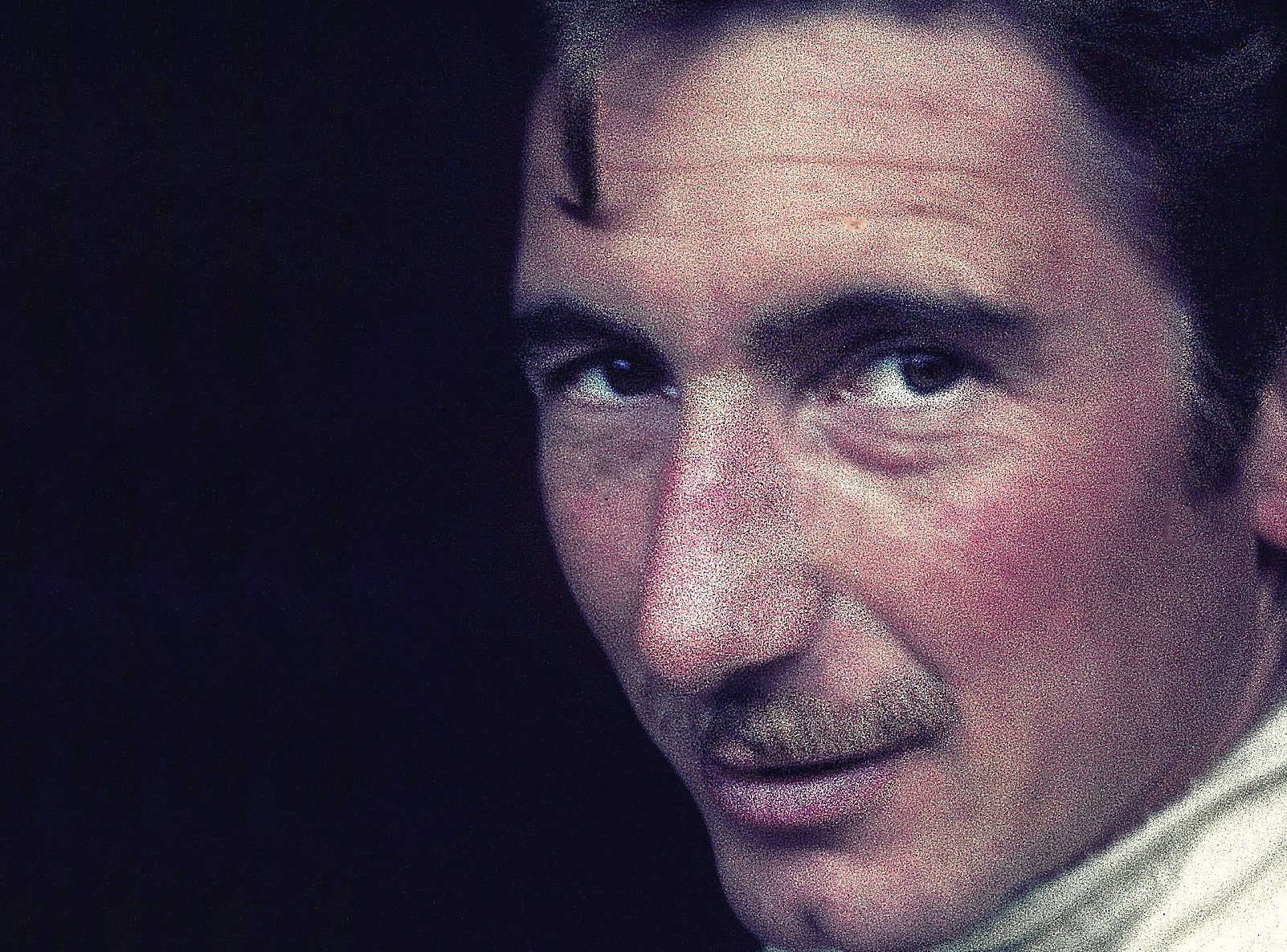 Lothar Spurzem, CC BY-SA 2.0, Wikimedia Commons
Lothar Spurzem, CC BY-SA 2.0, Wikimedia Commons
Wolfgang Von Trips
Born to an aristocratic family in Cologne, Wolfgang von Trips had the world at his fingertips but knew racing was the most exciting thing to pursue. Yet, a tragic accident that saw fellow racer Jim Clark accused of manslaughter occurred at the 1961 Italian Grand Prix.
Bill Vukovich
F1 was deeply associated with Europe, but racers like Bill Vukovich helped establish the sport in America. Unfortunately, another part of his legend is being the first driver to perish during a World Championship Race, as that’s what occurred at the 1955 Indianapolis 500.
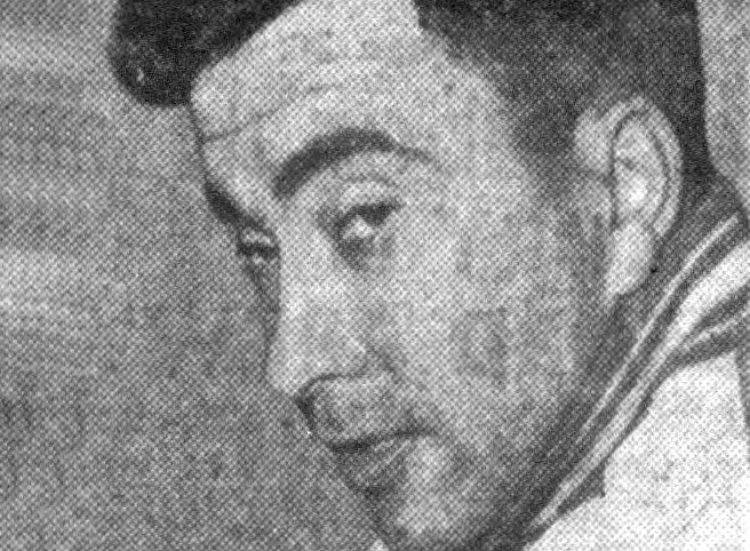 Los Angeles Daily News, Wikimedia Commons
Los Angeles Daily News, Wikimedia Commons
Ricardo Rodriguez
Ricardo Rodriguez broke barriers by being the first-ever Mexican driver to compete in a Formula One Grand Prix. Yet tragically, he left us at only age 20, perishing in a practice for the 1962 Grand Prix in his home country of Mexico.
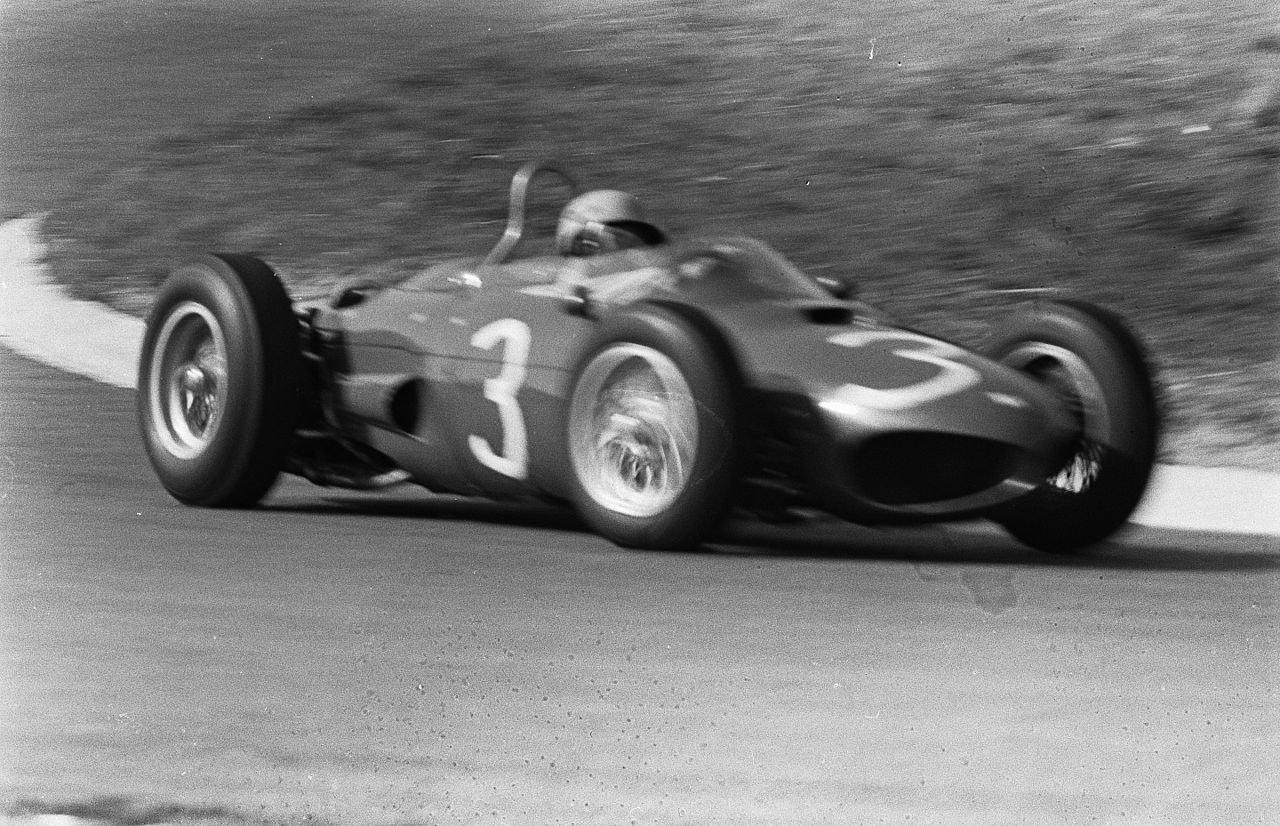 Bilsen, Joop van / Anefo, Wikimedia Commons
Bilsen, Joop van / Anefo, Wikimedia Commons
Mark Donohue
American driver Mark Donohue had two nicknames: “Captain Nice” and “Dark Monohue”, which imply conflicting natures. But his legacy didn’t get proper closure, as he saw his end at the 1975 Austrian Grand Prix.
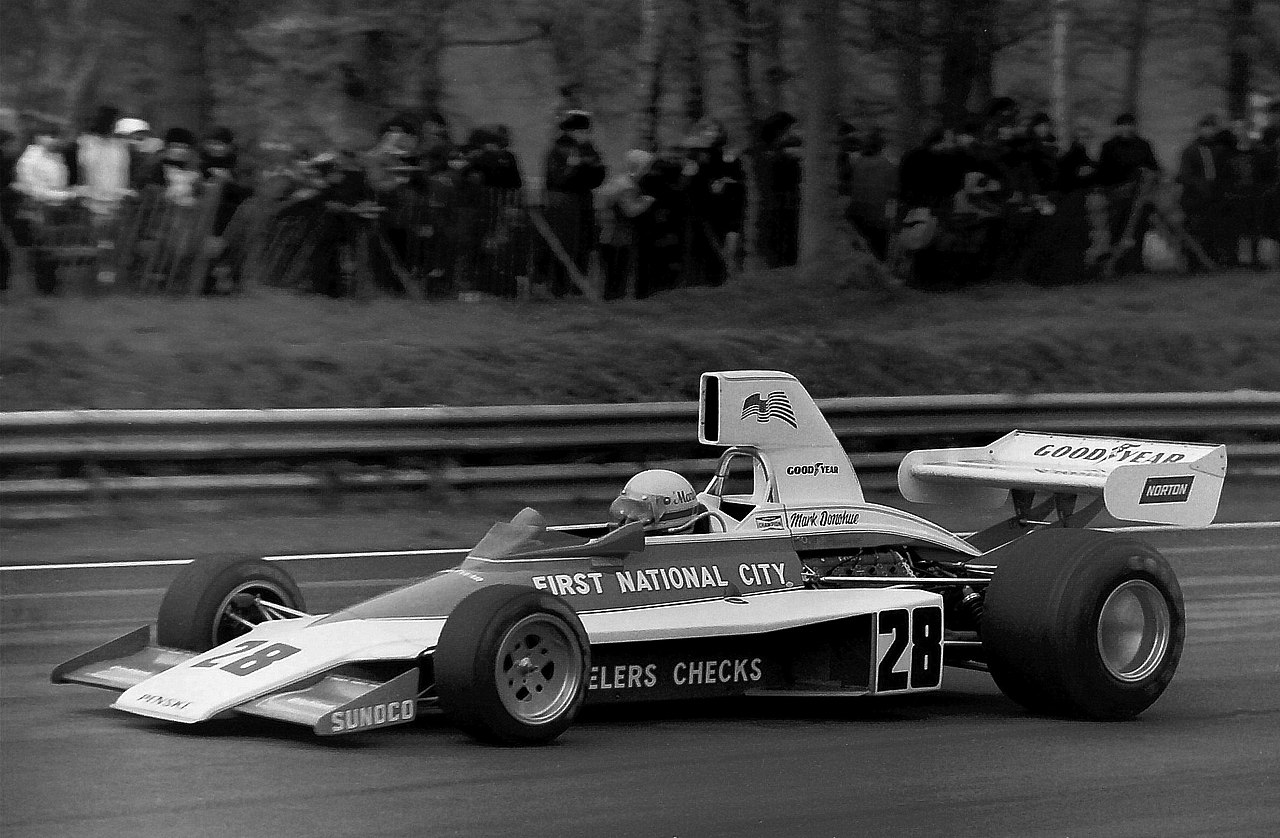 Martin Lee, CC BY-SA 2.0, Wikimedia Commons
Martin Lee, CC BY-SA 2.0, Wikimedia Commons
Peter Revson
The heir to the cosmetics company Revlon, Peter Revson was one of many rich kids who aimed to take a stab at F1. With a very successful career that justified the move, he perished during a test session for the 1974 South African Grand Prix.
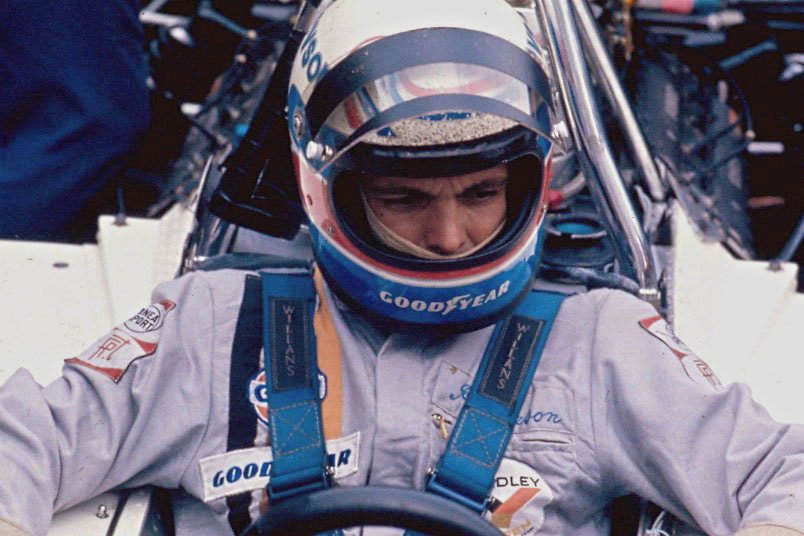 Raimund Kommer, CC BY-SA 3.0, Wikimedia Commons
Raimund Kommer, CC BY-SA 3.0, Wikimedia Commons
Fritz Glatz
Austrian driver Fritz Glatz created a persona by adopting pseudonyms like Pierre Chauvet and Frederico Careca while racing. By his late 50s in the twilight of his career, he met an unfortunate end at a 2002 EuroBOSS race.
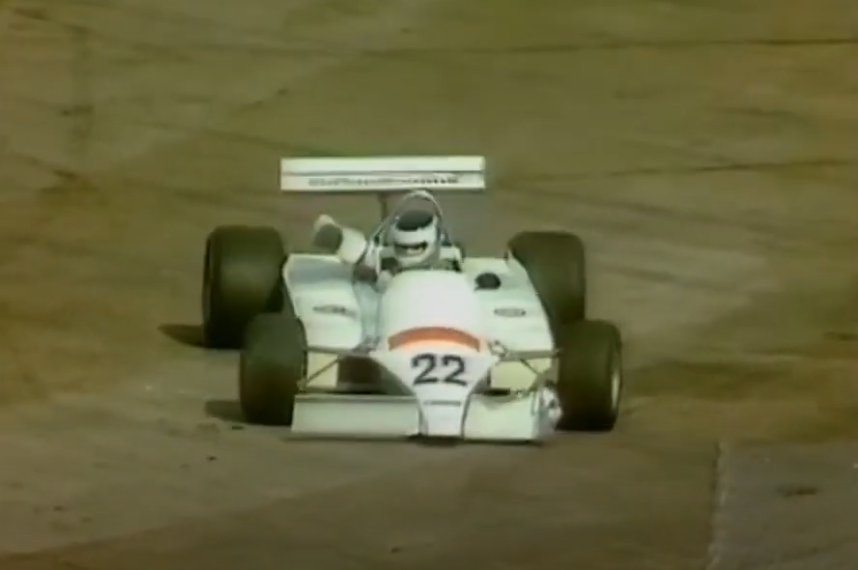 1984 F2 GP @ Silverstone - Fritz Glatz 'Pierre Chauvet' retire, Jean-Michel Boileau
1984 F2 GP @ Silverstone - Fritz Glatz 'Pierre Chauvet' retire, Jean-Michel Boileau
Pat O'Connor
Appearing on the cover of a May 1958 issue of Sports Illustrated, American racer Pat O’Connor seemed prime for glory. Yet at the very end of that month, a large 15-car pileup during the Indianapolis 500 saw that dream cut short.
You May Also Like:
The Most Tragic Ends In Racing
Car Racing's Biggest Tragedies
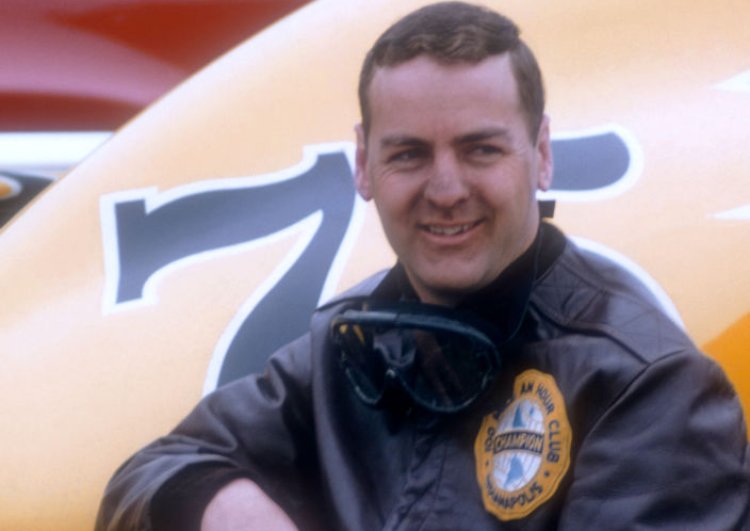 Hy Peskin Archive, Getty Images
Hy Peskin Archive, Getty Images
Jules Bianchi
French driver Jules Bianchi left us at only age 25 when his car collided with another under wet conditions at the 2014 Japanese Grand Prix. The accident resulted in him being placed in a coma and departing the world nine months later. Bianchi's death made him the first F1 driver to die from injuries received during a Grand Prix since the legendary Ayrton Senna.
 Lutz H, CC BY 2.0, Wikimedia Commons
Lutz H, CC BY 2.0, Wikimedia Commons
Source: 1


